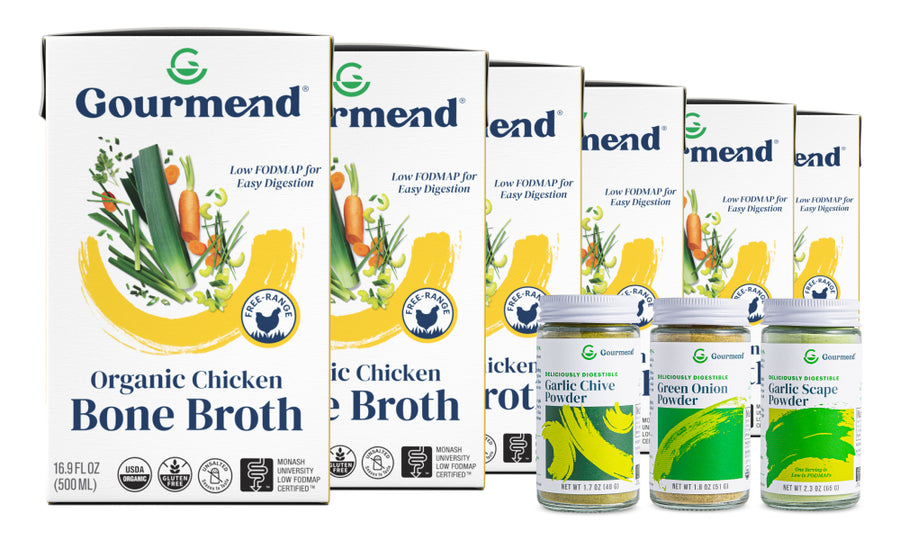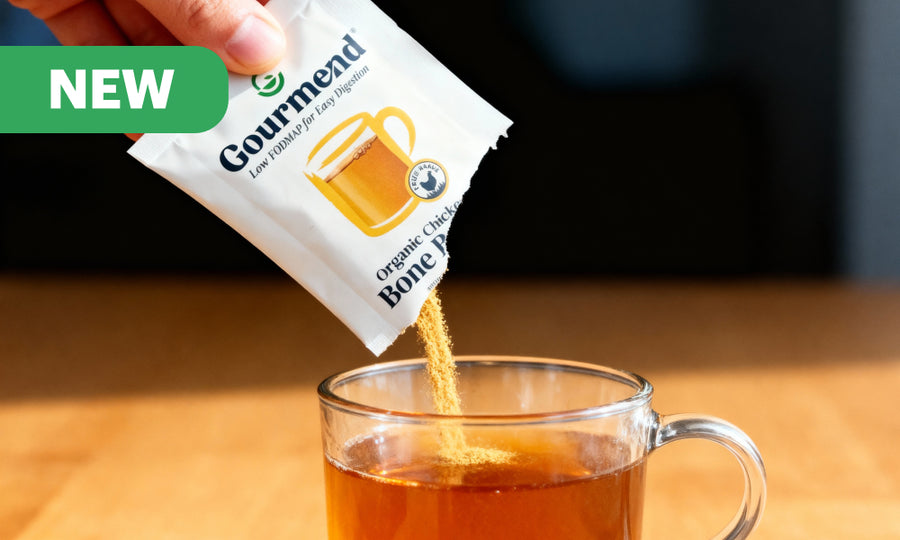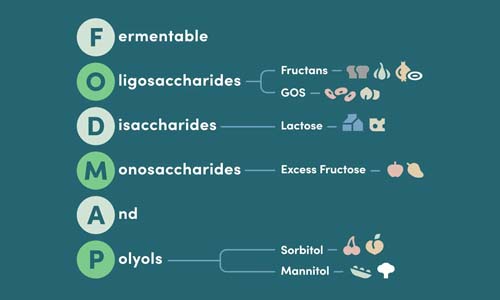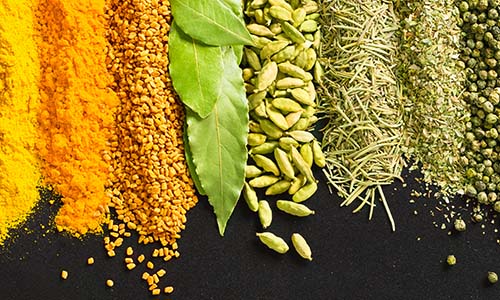Mushroom Broth Benefits: Your Essential Cooking Guide

Mushroom broth transforms any dish from ordinary to extraordinary with its deep, earthy richness and powerful umami flavor. This liquid gold isn't just another cooking liquid—it's a culinary game-changer that brings restaurant-quality depth to your home kitchen while supporting digestive wellness. Whether you're crafting a soul-warming soup, building layers in a risotto, or creating the perfect base for your next culinary masterpiece, mushroom broth delivers complexity and nutrition in every spoonful.
Key Takeaways
- Mushroom broth adds deep, earthy richness and umami flavor to any dish.
- It enhances the taste and depth of soups, risottos, and other recipes.
- Mushroom broth supports digestive wellness while boosting nutrition.
- This versatile broth elevates home cooking to restaurant-quality levels.
Table of Contents
- What Makes Mushroom Broth Special
- Mushroom Broth vs. Traditional Stocks
- Essential Ingredients for Mushroom Broth
- Cooking Techniques for Maximum Flavor
- Straining and Finishing Your Mushroom Broth
- Versatile Uses for Mushroom Broth
- Creative Mushroom Broth Recipe Variations
- Troubleshooting Common Mushroom Broth Issues
- Elevating Everyday Cooking with Mushroom Broth
The secret lies in mushrooms' natural glutamates, which create that satisfying "fifth taste" we call umami. Unlike traditional meat-based stocks, mushroom broth offers this savory intensity while remaining gentle on sensitive digestive systems. At Gourmend Foods, we understand that two-thirds of Americans experience digestive issues, which is why we've perfected broths that deliver gourmet flavor without triggering discomfort. If you're looking for a convenient, gut-friendly option, try our Low FODMAP Organic Vegetable Broth for a delicious, easy-to-digest alternative.
What Makes Mushroom Broth Special
Think of mushroom broth as nature's flavor enhancer. While regular vegetable broths can taste flat or one-dimensional, mushroom broth brings a meaty richness that satisfies on multiple levels. The magic happens when mushrooms release their concentrated compounds during the simmering process, creating a liquid that's both nourishing and deeply satisfying.
Fresh mushrooms like cremini, shiitake, and oyster varieties each contribute unique flavor notes. Dried mushrooms, particularly shiitakes, pack even more concentrated umami punch—think of them as the difference between a whisper and a shout in terms of flavor impact. This intensity makes mushroom broth an ideal foundation for countless dishes, from simple weeknight dinners to impressive entertaining menus. For those who want to keep their pantry stocked with versatile, plant-based options, our Plant Based Bundle is a great way to explore a variety of broths and seasonings.
Mushroom Broth vs. Traditional Stocks

Understanding the difference between broth and stock helps you choose the right foundation for your cooking. Broth is made by simmering ingredients for shorter periods (2-4 hours), resulting in lighter, more immediately flavorful liquids. Stock involves longer cooking times (3-8 hours or more) to extract maximum nutrients and create richer, more gelatinous textures.
Mushroom broth falls into the first category but punches well above its weight class. While it doesn't have the collagen-rich body of a bone broth, it delivers incredible depth through concentrated mushroom compounds. This makes it perfect for dishes where you want bold flavor without heaviness—think delicate mushroom broth soup or as a cooking liquid for grains and vegetables. If you're interested in more ways to use broths in your recipes, check out our Broth Sampler to discover your favorites.
Essential Ingredients for Mushroom Broth
Creating exceptional mushroom broth starts with selecting the right ingredients. The foundation includes both fresh and dried mushrooms, but the supporting cast of vegetables and seasonings makes all the difference. Instead of traditional onions and garlic bulbs that can trigger digestive discomfort, we use the green parts of scallions and chives for bright, savory notes without the digestive downside. For a convenient way to add these flavors, try our Low FODMAP Green Onion Powder or Low FODMAP Garlic Chive Powder.
Dried shiitake mushrooms are non-negotiable for serious mushroom broth. Their concentrated umami compounds create the backbone of flavor that fresh mushrooms alone can't achieve. Combine these with fresh cremini or oyster mushrooms for textural variety and layered taste. Kombu seaweed adds another dimension of umami—it's the same ingredient that makes our Gourmend vegetable broth so remarkably rich and satisfying.
Aromatics That Support Digestion
Traditional mushroom broth recipe calls for onions and garlic, but these high-FODMAP ingredients can cause bloating and digestive distress for many people. Instead, we use the green tops of leeks, scallion greens, and fresh chives—they offer bright, savory flavor without triggering digestive discomfort. Fresh ginger adds warmth and supports digestive health, while maintaining the complex flavor profile you're seeking.
This thoughtful ingredient selection means everyone at your table can enjoy the rich, satisfying taste of homemade mushroom broth soup without worry. It's about gaining incredible flavor and culinary possibilities, not limiting your options. For more inspiration on low FODMAP cooking, explore our Low FODMAP Recipes blog.
Cooking Techniques for Maximum Flavor

The key to exceptional mushroom broth lies in building layers of flavor through proper technique. Start by sautéing your fresh mushrooms and aromatics in a bit of olive oil until they're beautifully browned and fragrant. This caramelization step concentrates flavors and creates the foundation for rich, complex mushroom broth that rivals any restaurant version.
Once your vegetables are properly sautéed, add your dried mushrooms, kombu, and water. Bring everything to a gentle boil, then reduce to a low simmer. This slower cooking process allows the mushrooms to release their concentrated compounds gradually, creating a more balanced and nuanced final product. Rushing this step with high heat will give you a cloudy, less flavorful result. For more on the science of umami and mushroom nutrition, see this Healthline article on umami.
Timing and Temperature Control
Simmer your mushroom broth for 30 to 45 minutes—long enough to extract maximum flavor without overcooking the delicate mushroom compounds. Unlike bone broths that benefit from extended cooking times, mushroom broth reaches its peak flavor relatively quickly. The gentle bubbling should be barely visible on the surface, creating what chefs call a "lazy simmer."
Temperature control matters more than you might think. Too vigorous a boil will create a cloudy broth and can actually break down some of the beneficial compounds that give mushrooms their distinctive taste. Keep it gentle, and you'll be rewarded with a clear, deeply flavorful liquid that showcases the natural umami of your ingredients.
Straining and Finishing Your Mushroom Broth
Proper straining transforms your simmered ingredients into liquid gold. Use a fine-mesh strainer to remove all solids, pressing gently on the mushrooms and vegetables to extract every drop of flavor. Don't waste those cooked mushrooms—they can be chopped and added to soups, grain dishes, or sautéed as a side dish.
This is where you can adjust the final seasoning. A splash of tamari or a small amount of miso paste (added after the broth has cooled slightly to preserve beneficial probiotics) can enhance the umami depth. Taste as you go—the goal is a well-balanced broth that enhances rather than overwhelms your final dishes.
Versatile Uses for Mushroom Broth

Your homemade mushroom broth becomes the foundation for countless culinary creations. Use it as a base for mushroom broth soup, adding fresh vegetables and herbs for a light yet satisfying meal. It's also perfect for cooking grains like quinoa or rice, infusing them with rich, earthy flavor that transforms simple sides into memorable dishes. For a quick and easy option, keep our Vegetable Broth on hand to elevate your weeknight meals.
For those following low FODMAP guidelines, mushroom broth opens up a world of possibilities. Create comforting risottos using the broth as your cooking liquid, or build complex sauces that add depth to roasted vegetables and proteins. The concentrated umami makes it an excellent substitute for traditional stocks in any mushroom broth recipe, ensuring that dietary restrictions never mean sacrificing flavor. If you love risotto, don't miss our Simple Low FODMAP Gourmet Risotto recipe.
Storage and Meal Prep Benefits
Homemade mushroom broth keeps beautifully in the refrigerator for up to a week, or freeze it in ice cube trays for convenient portion control. Having quality broth on hand transforms weeknight cooking from mundane to magnificent. When time is short, reach for Gourmend's vegetable broth—it's crafted with the same attention to umami-rich ingredients like oyster mushrooms and nori seaweed, delivering restaurant-quality flavor without the prep time. For more tips on meal prep and pantry essentials, check out our Pantry Starter Pack.
Creative Mushroom Broth Recipe Variations
Once you've mastered the basic technique, experimenting with different mushroom broth recipe approaches keeps your cooking exciting. Each variation brings its own personality to the table, allowing you to customize flavors based on your meal plans and preferences.
Asian-Inspired Mushroom Broth
Incorporate fresh ginger, a splash of rice wine, and extra kombu for a broth that's perfect for ramen or pho-style soups. The ginger adds warmth and complexity, while the additional seaweed amplifies the natural umami. This variation works beautifully with shiitake-heavy mushroom combinations.
Herb-Infused European-Style Broth
Add fresh thyme, bay leaves, and the green parts of leeks for a broth that complements rustic stews and grain-based dishes. This approach creates a more traditional flavor profile that pairs wonderfully with root vegetables and hearty proteins.
Smoky Mushroom Broth
Include a small amount of smoked paprika or dried mushrooms that have been lightly toasted in a dry pan before adding to the pot. This creates depth that works particularly well in mushroom broth soup recipes where you want bold, warming flavors.
Light and Delicate Spring Broth
Use a higher ratio of fresh mushrooms to dried ones, and finish with fresh herbs like chives or the green parts of scallions. This lighter approach showcases the natural sweetness of fresh mushrooms without overwhelming delicate vegetables or proteins.
Concentrated Mushroom Essence
Simmer your broth down by half after straining to create an intensely flavored concentrate. This reduction can be stored in small portions and reconstituted with water when needed, or used as a flavor booster in sauces and gravies.
Troubleshooting Common Mushroom Broth Issues
Even experienced cooks encounter challenges when making mushroom broth. Cloudy broth usually results from boiling too vigorously—remember that gentle simmer we discussed. If your broth tastes flat, you likely need more dried mushrooms or a longer simmering time to extract those concentrated flavors.
Overly salty broth can be diluted with additional water and re-simmered briefly, while bland broth benefits from a small amount of tamari or miso paste added after cooling. The beauty of homemade broth lies in your ability to adjust and perfect the flavor to your exact preferences. For more troubleshooting tips and culinary insights, visit our Learn blog section.
Elevating Everyday Cooking with Mushroom Broth
Quality mushroom broth transforms ordinary ingredients into extraordinary meals. Whether you're crafting a simple mushroom broth soup or using it as a cooking liquid for grains, the rich umami foundation elevates every component of your dish. The time invested in making your own broth pays dividends in flavor and satisfaction.
For those busy weeks when homemade isn't practical, Gourmend's vegetable broth delivers the same umami-rich complexity you're seeking. Made with oyster mushrooms and nori seaweed, it provides the mushroom broth benefits you want without compromising on quality or flavor. Having reliable, gut-friendly options means you never have to choose between convenience and the exceptional taste that makes cooking truly rewarding. To learn more about the health benefits of mushrooms, see this Medical News Today article on mushrooms.
Check out our Low Fodmap Organic Vegetable Broth
Frequently Asked Questions
What is mushroom broth used for?
Mushroom broth is a flavorful, umami-rich liquid commonly used as a base for soups, stews, risottos, and sauces. It enhances the depth of dishes without adding meat, making it popular in vegetarian and vegan cooking. Additionally, it can be enjoyed as a warming, nourishing beverage on its own.
How do you make a mushroom stock?
To make mushroom stock, start by simmering a mixture of fresh or dried mushrooms with aromatics like onion, garlic, celery, and carrots in water. Let it cook for about an hour to extract the rich flavors, then strain out the solids. You can add herbs such as thyme or bay leaves for added complexity.
Is mushroom broth as good as bone broth?
Mushroom broth and bone broth offer different benefits: mushroom broth is rich in antioxidants, vitamins, and plant-based umami, while bone broth provides collagen, minerals, and amino acids from animal bones. For those seeking a vegan or vegetarian option, mushroom broth is an excellent alternative, though it won’t provide the same collagen content as bone broth.
Is mushroom soup healthy for you?
Yes, mushroom soup can be very healthy as mushrooms are low in calories and packed with nutrients like B vitamins, selenium, and antioxidants. Depending on the recipe, it can support immune health and provide anti-inflammatory benefits. However, the overall healthiness depends on added ingredients like cream or sodium levels.
Can you drink mushroom broth?
Absolutely, mushroom broth can be enjoyed as a soothing, flavorful drink. It’s often consumed warm to provide comfort and hydration, especially during illness or cold weather. Drinking it can also be a way to absorb the nutrients and beneficial compounds found in mushrooms.
Is mushroom soup good for anxiety?
Mushroom soup may help with anxiety to some extent because mushrooms contain compounds like B vitamins and antioxidants that support brain health and reduce inflammation. While it’s not a cure, incorporating mushroom soup into a balanced diet might contribute to overall mental well-being. For persistent anxiety, professional treatment is recommended.





